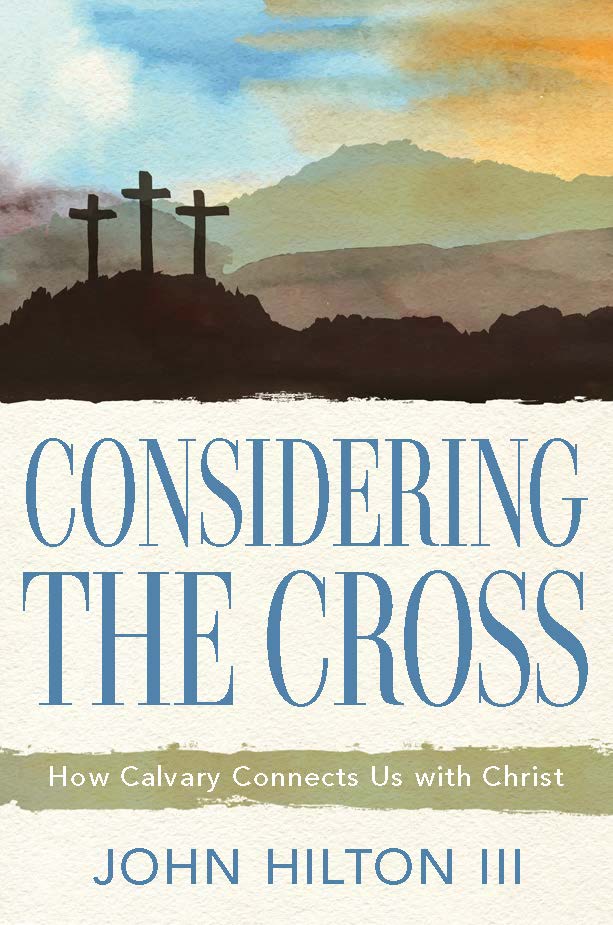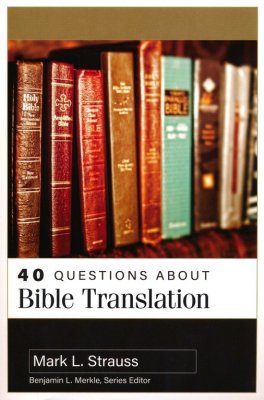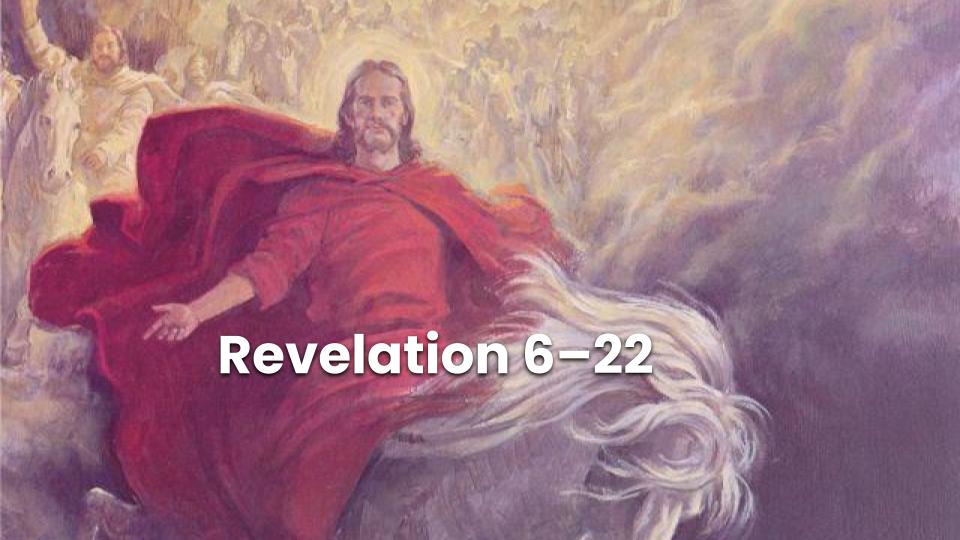I recently published the book Considering the Cross: How Calvary Connects Us with Christ. You can learn more about what the book is about here; in this post I want to give the short version of how this book came to be.
I can still remember where this book began. It was a hot summer afternoon in the summer of 2017. I was walking down from a hill overlooking the border between Syria and Israel with my friend and fellow religion professor Matt Grey, who asked me, “Where do you think the emphasis Church members place on Gethsemane comes from?” We had been discussing Christ’s Atonement, and his question made me realize that whenever I gave a lesson on this topic, I focused on Gethsemane and said little about Christ’s Crucifixion. In fact, I tended to avoid thinking a lot about the Savior’s death when pondering his atoning sacrifice. I didn’t know it then, but Matt’s question would launch me on a process of discovery that would forever change how I think—and feel—about the Christ’s Atonement.
I spent the next twelve months living in Jerusalem and had dozens of opportunities to carefully study Christ’s atoning sacrifice–including by spending time in locations at or near where it took place. During this time I developed a deeper reverence for and interest in Christ’s Crucifixion than I had ever had before.
On one occasion, I was eating lunch with some colleagues at a small restaurant near the Old City of Jerusalem when it dawned on me that artwork and movies, rather than historical facts, had shaped my mental representation of how Christ was crucified. I realized that although I had heard about this atoning event my entire life, I had never read a book or taken a class that provided in-depth detail about what happened to Christ on Calvary. Realizing how little I knew made me want to extensively research this topic as well. As I did so, I learned fascinating details, like Pilate’s backstory that made Christ’s Roman trial become even more real for me.
In the months before returning from Jerusalem, I began to go through the Book of Mormon, looking for specific passages of scripture that linked Christ atoning for our sins either with Gethsemane or Calvary. I was surprised to learn that the Book of Mormon overwhelmingly emphasized Calvary.
In the fall of 2018 I had a research leave so that I could get back up to speed after spending a year in Jerusalem. Working with research assistants, I expanded my studies to what all of the scriptures teach about where Jesus Christ atoned for our sins, and began to examine what church leaders had taught about Gethsemane.
About this time I had lunch with Robert Millet and shared with him what I had been studying. “I think you have a book here.” That’s when I began to think seriously about turning what I had been studying into a book.
Between January and June I continued to do in-depth research examining what Joseph Smith taught about Gethsemane and Calvary, and what church leaders had collectively taught about the Savior’s Crucifixion. These both became articles that were published in 2020.
In addition to the scholarly research, I had been doing some action research–surveying church members about where they believed Christ mostly atoned for our sins. I came to learn that church members focus more on Gethsemane, but the scriptures, Joseph Smith, and all other church leaders focus more on the Crucifixion. I also learned that the lack of crucifixion iconography in the church really shaped how church members felt about Christ’s Crucifixion. That led to researching and writing on the topic of “The Meanings of the Cross” (which eventually became the first chapter of the book).
I continued to study topics related to Christ’s Crucifixion and had more frequent opportunities to teach and speak about it. The process of studying and teaching led to refined writing that eventually turned into Considering the Cross: How Calvary Connects Us with Christ. Along the way, I had lots of help from several capable research assistants and many generous colleagues. Lisa Roper and her associates at Deseret Book played very important roles in refining and shepherding the final manuscript. And while it might sound strange to say it so plainly, I had lots of help from heaven. As I write in the final lines of the “Acknowledgements” in Considering the Cross, “I acknowledge the power of the Holy Spirit, which has consistently prompted me to study the Crucifixion of Jesus Christ and blessed me with flashes of insight I would have otherwise never received. Ultimately, I give thanks to Heavenly Father and Jesus Christ; I hope this book in some small way glorifies them and their sacred work.”






